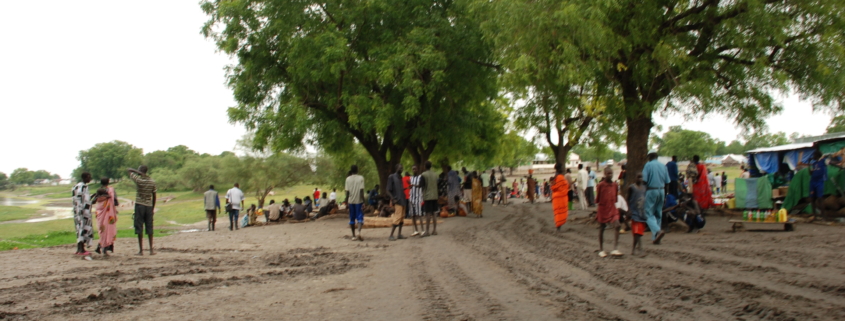The article offers a nuanced account of how identities are negotiated and contested in South Sudan, by focusing on how Murle and ŋalam identities were deployed in different ways in different places in overlapping periods during a time of armed conflict. The article focuses on the 2012-2014 period of war between the South Sudanese government and a largely Murle rebellion. Read more here
repository
CSRF Research Repository
The CSRF Research Repository aims to support greater contextual knowledge for policy makers, programme managers, and implementers by providing a searchable repository of research, analysis, and resources, and providing periodic updates on new research and analysis.
Introduction Murle society is non-hierarchical and political power is diffused to the extent that there are no institutional leadership roles. It is thus often represented as lacking credible and legitimate governance structures. While Murle society is acephalous and egalitarian, in that there is no single leader like a king and decisions are instead taken collectively, there are clear authority structures that should be understood.[1] The above representations are, quite significantly, part of the narrative that…
This study was conducted with funding from the Danish International Development Agency (Danida) provided specifically to prepare for the launch of Oxfam education projects in Pibor and Juba in South Sudan. However, its findings will also be useful to the wider NGO community working in the country, with recommendations provided for the Government of South Sudan and for future programming by donors. The analysis focuses specifically on education, but it also aims to analyse gendered…

Some Infos
Lorem ipsum dolor sit amet, consectetuer adipiscing elit. Aenean commodo ligula eget dolor.
Pages
- About Our County Profiles
- Blog
- Case Studies Grid
- Central Equatoria
- Conflict Sensitivity Resource Facility South Sudan
- Contact Us
- Contribute a Repository Article
- County Profile HTML links
- County Profiles
- COVID-19 HUB
- Covid-19 information page
- CSRF About Us
- CSRF Helpdesk
- CSRF Helpdesk Form
- CSRF Login
- Dashboard
- Deliverables
- Demo
- Events
- Forgot password
- Guides, Tools and Checklists
- Helpdesk
- Home
- Latest
- Looker Studio
- Subscribe

